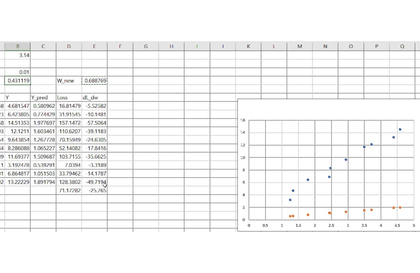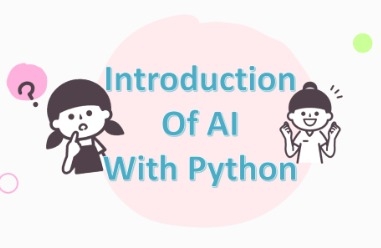
Deep Learning with Excel
hjk1000
Let's visually learn the principles of deep learning using Excel.
입문
Excel, Deep Learning(DL), VBA
Deep learning is a technology that learns data through neural networks composed of combinations of complex functions. In this lecture, we will mathematically understand the core concepts of deep learning and analyze them from the perspective of matrix operations. In particular, utilizing Python's NumPy library, we will visually examine how parameters are updated by directly implementing the forward and backward propagation processes of deep learning. Even the seemingly complex neural network structure becomes clear when analyzed with matrix operations. This lecture focuses more on understanding concepts than coding and is suitable for students who wish to intuitively grasp the principles of deep learning mathematically.

Understanding the basic principles of artificial intelligence
Building an Artificial Neural Network by Hand
Who is this course right for?
Those curious about AI principles
People who want to build their own ANN
Need to know before starting?
Basic Python - Knowing it is helpful
Linear Algebra - High school level math is required.
1,520
Learners
41
Reviews
10
Answers
4.7
Rating
10
Courses
안녕하세요
비전공자로 딥러닝을 열심히 공부하는 직장인입니다.
공부하면서 느낀 점들을 여러분들과 함께 공유하고 싶습니다
감사합니다.
All
18 lectures ∙ (5hr 49min)
Course Materials:
$13.20
Check out other courses by the instructor!
Explore other courses in the same field!